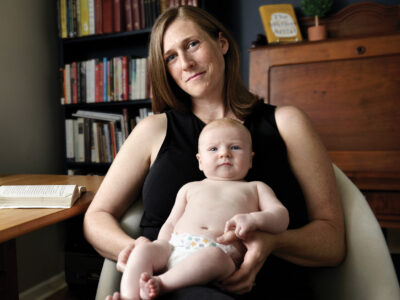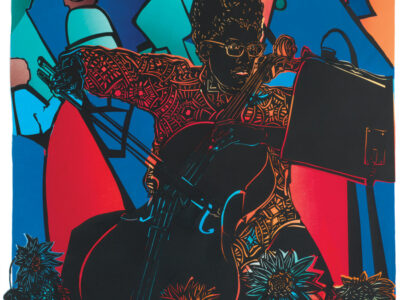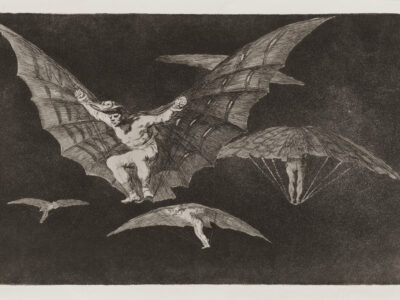Jews and Modernity: Fragments and Shifting Notions

It somehow seems appropriate that a new exhibition at the Arthur Ross Galley—Transformation: Jews and Modernity—has
been described by its curators as being comprised of “fragments” from a
history of modern Jewish art. After all, a prime tenet of modernism is
the sense of fragmentation, and the Jewish experience in the modern era
has unquestionably been a fragmented one.
The 58 images in the
exhibition communicate “shifting notions of self and other, city and
country, art and its makers,” in the words of Dr. Larry Silver,
professor of art history and curator of the exhibition (aided by
graduate students Freyda Spira and Juliet Bellow). Those images, he
adds, offer a “range of perspectives on aesthetic, religious, political,
and social issues by artists scattered across the globe”—some Jewish,
some not—including Marc Chagall, Andy Warhol, Eugene Delacroix, Roy
Lichtenstein, Diane Arbus, and Sol LeWitt.
According to Dr. Dilys
Winegrad Gr’70, the gallery’s director and curator, the exhibition
(which runs through June 17) was organized as a highlight of a year-long
symposium by Penn’s Center for Advanced Judaic Studies. Accompanying
the exhibition is a book by the same name published by the University of
Pennsylvania Press.




